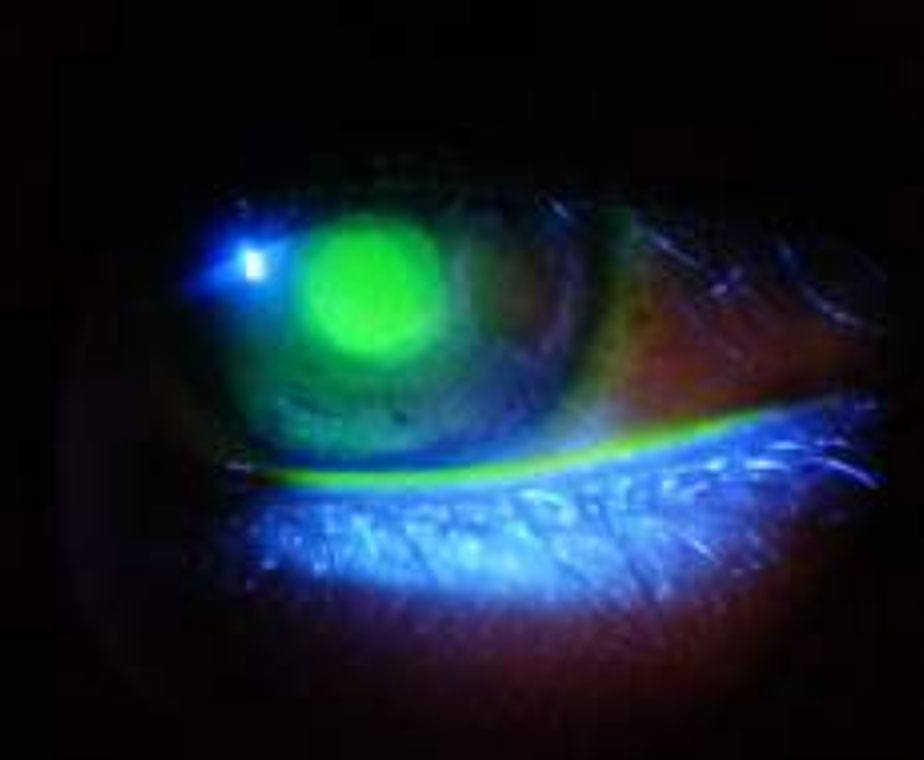| Access sessions, exhibit hall and special events through the Academy event planner. |
Contact lens patients highly value the advice and recommendations of their optometrists—until they walk out the door. That’s when noncompliant behaviors begin to emerge. Clinicians need to stay vigilant about their patient’s contact lens compliance, according to this evening’s speaker, Andrew Pucker, OD, PhD. Why? Because noncompliance is often at the heart of a patient’s discomfort, contact lens dropout and, worst of all, adverse events.
Tune in this evening, October 7, 5-6pm Eastern Time for the course “Improving Contact Lens Care and Compliance,” which will delve into the many factors that impact a patient’s ability to properly handle, clean, wear and replace their lenses. The session also comes with a small dose of reality, with a look at some of the dire consequences of noncompliance.
Mixed Messages
Dr. Pucker will kick off the session with an overview of some of the data supporting the benefits of proper patient compliance with lens wear and care, the most important one being improved comfort. Whether you believe it or not, research shows upwards of 90% of contact lens patients are noncompliant; yet, 85% of patients believe they are, in fact, compliant. This is where proper—and consistent—patient education comes into play.
 |
| With the right patient education, clinicians can help contact lens wearers avoid adverse events, such as microbial keratitis. |
Clinicians can improve their patient education, in part, by better understanding what’s causing patients to ignore their lens wear and care instructions. For example, patients are most likely to ignore lens replacement cycles because they either forgot or they are trying to save money, according to Dr. Pucker. Clinicians can overcome these hurdles by encouraging patients to buy annual supplies and helping them apply manufacturer rebates. Technology can help patients remember to replace their contact lenses, whether it’s an internet-based reminder system or an app.
“You can help your patients become more complaint by having them take their phones out in office and help them set up a contact lens replacement reminder,” according to Dr. Pucker.
Even if you can’t stop patients from intentionally re-using daily disposable lenses to save money, you can prescribe them a multipurpose solution to help them do it more safely, he suggests. “Prescribing a multipurpose care system for new wearers is especially important because they are still learning to wear contact lenses, and they are likely to drop their lenses during the application process,” Dr. Pucker adds. He will go through a number of other useful tips clinicians can implement in their practice to help patients wear their contact lenses safely, regardless of the replacement modality.
Dr. Pucker will wrap up the session with a detailed look at what, exactly, noncompliance means. “Most of it is a lack of health literacy, which is very different than education level, and because of this we need to provide all of our patients the same basic information,” he says. Optometrists can help patients better understand their health and what threatens it by making sure all instructions—written and verbal—are easy to understand. Research shows materials shouldn’t be any more complex than a fourth-grade reading level, Dr. Pucker says. He will provide attendees several clinical pearls to help them translate the intricacies of contact lens compliance into digestible conversations with patients who are both native and non-native English speakers.
